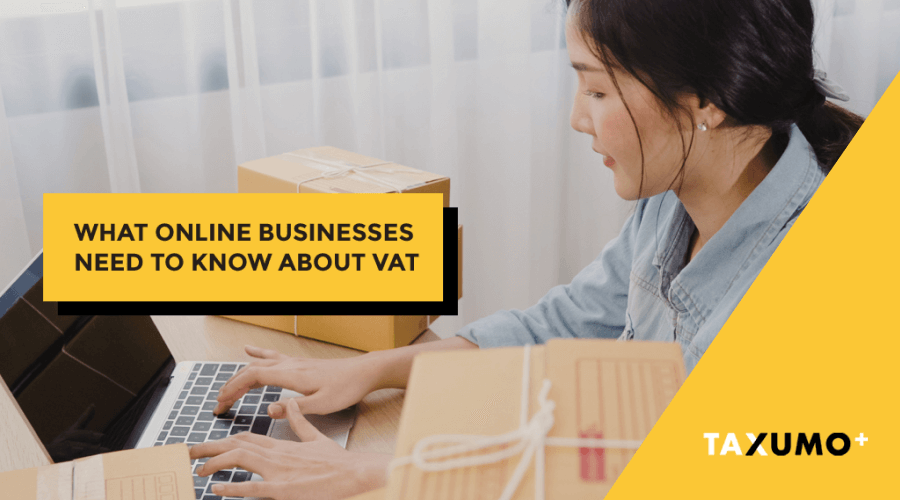What do online businesses need to know about VAT?
- Which businesses need to pay 12%
- How to register for VAT
- Businesses need to give official receipts
People have been buying more of their needs from online businesses because of their convenience. You can simply check out the offerings of different companies on the internet. You do not have to drive to a store to see them. However, these businesses often have a hard time tracking their finances. They need to make sure they are paying their 12% VAT (value-added tax) — an expense all Filipino companies are liable to.
If you are an online business owner, it is your job to make sure you are able to file your value-added tax computations in the Philippines on your own. Don’t wait for the BIR to catch you. To help you become more responsible, these are the different things online businesses need to know about VAT:
Which Businesses Need to Pay 12% VAT
The BIR recognizes taxable online businesses through two factors; their form of business transactions and type of business owners.
In terms of business owners, BIR has recognized two that need to pay VAT:
Online Merchant
An online merchant is basically a legitimate business owner. He makes his own products, conducts his own services without a third party, and has his own website which doubles as a virtual store.
Online Intermediary
An online intermediary is a middleman or the third party connecting a business owner with his clients. He will deliver to the customers their goods but will never take ownership of the product or service given. He only gets a commission for every sale. A good example of an online intermediary business is Shoppee because it sells items from big and small companies, but never it’s own.
These businesses still market to Filipinos and receive the payments of customers. Thus, they are required to pay VAT since these are also activities merchants do in the eyes of BIR.
The BIR has also grouped online companies to the types of transactions to make it easier for them to verify what is considered normal VAT liable-business activity.
Business to Consumer (B2C)
This is the most popular kind since it is the most direct. Businesses allow customers to order from them and pay them directly without any middle-man. Companies who earn income through this transaction are uptight with security because all of their consumer data is on the website itself.
Consumer to Consumer (C2C)
An intermediary allows consumers to transact with other customers. Here, customers pay a fee to be able to use a business’ website to sell their products. They then gain visibility so that other customers can buy their products. EBay and Shoppee are good examples of companies who earn through C2C transactions.
Business to Business (B2B)
B2Bs target and sell their products or services to other businesses. For example, a small enterprise will outsource their web development and blog management needs to a digital marketing agency. Clients tend to pay through credit. Business relationships formed through these transactions are usually long-term.
How To File For VAT
Before you file for VAT, make sure that you are registered in the government as an actual online business. These are steps you take to assure that.
- Get a barangay clearance and mayor’s permit.
- Get a certificate of business registration at the Revenue District Office (RDO). To accomplish this, go to an RDO near you and get the necessary forms from them. Submit the filled up forms to the RDO and then pay the registration fee right after at an accredited bank.
- Wait for 2 weeks after form submission before going back to RDO and getting your Authority to Print (ATP) official receipts.
- Register your book of accounts
Once you have done all these steps, you are legally allowed to file for VAT. When you apply for VAT, you are allowed to either use BIR Form 2250M or 2250Q. With BIR Form 2250 M, you will need to pay VAT every 20th of every month. With 2250 Q, on the other hand, you have to pay on the 25th day of the month after a taxable quarter’s end. Once the BIR has accepted your submission, you can start including VAT tax computations in the Philippines.
If you’re busy running an online business, you probably don’t have time to take care of your taxes. For the entrepreneur that’s all about the hustle, Taxumo is the tax solution you can rely on. Taxumo is an award-winning tax tool that will take care of all of your tax needs. If you also need help with other compliance concerns, check out Taxumo Marketplace. Grow your online business to new heights and let Taxumo handle the rest!
Businesses Need To Give Official Receipts
There is a reason why you need to get ATP official receipts (ORs) when you register as a business. Your ORs are more than just proof of a successful sales transaction. They help you calculate your VAT properly per month or quarterly, depending on which BIR form you decided to use.
The ORs you print and give to your customers after selling something is what you call output VAT. The receipts of your business-related purchases, on the other hand, are called input VAT. To calculate your overall VAT expense you need to follow this equation:
Output VAT – input VAT = VAT Payable
Key Takeaway
The internet has made it easier for businesses to thrive. However, most of them neglect paying their VAT since the BIR has a hard time tracking them. Thus, this VAT guide is meant to encourage online business owners like you to comply legally with the government by giving you the ins and outs of the specific tax.

